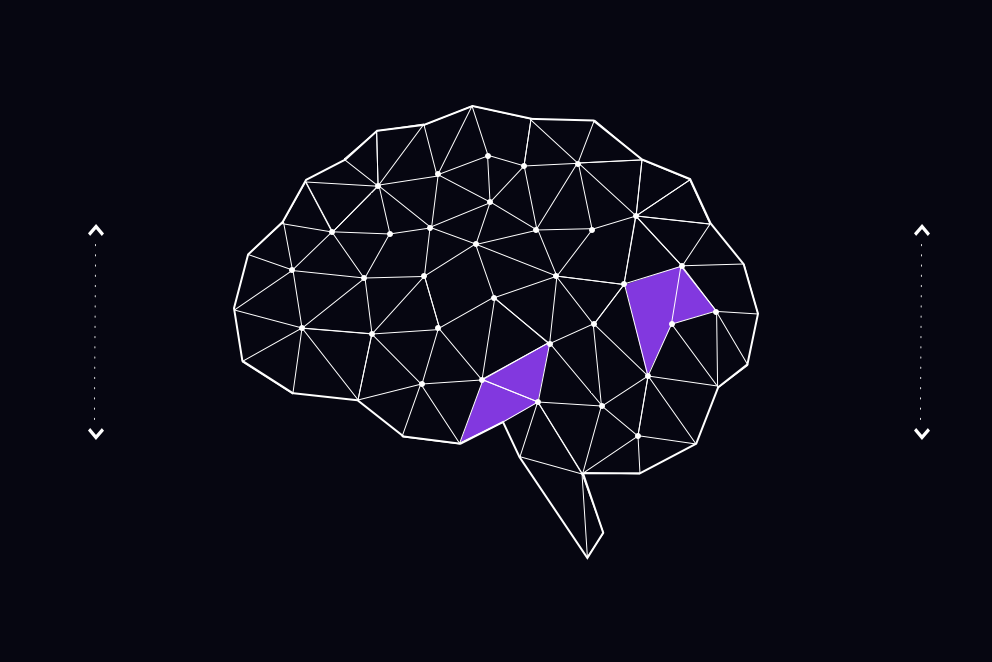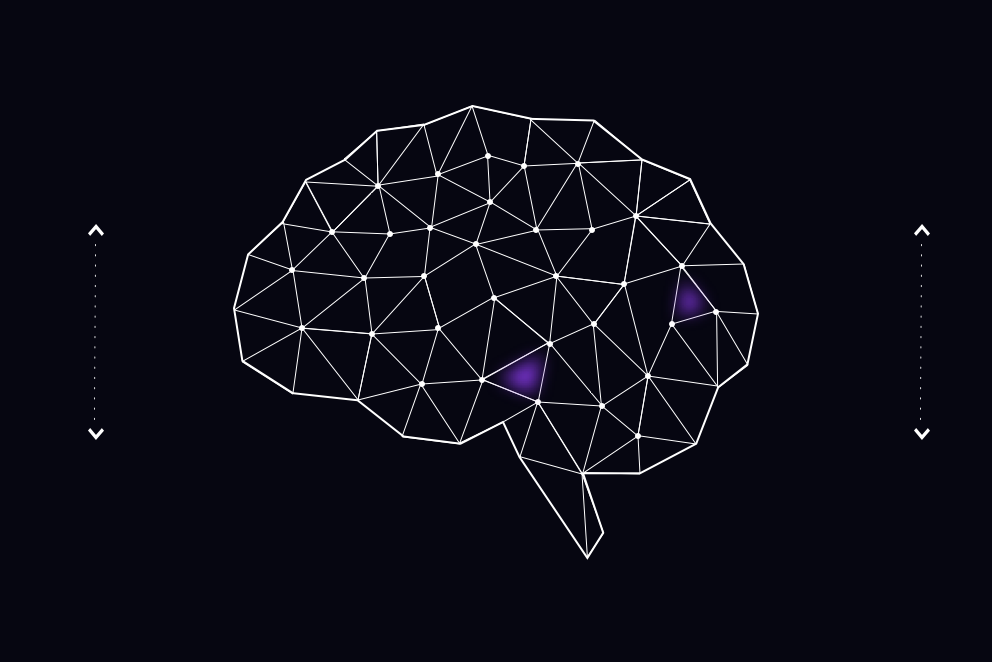Traders manage their emotions, digitally
Managing emotions when trading doesn’t come easy to many of us, but the good news is that this is likely to change in the future. During my recent trip to the year 2069, I discovered that brain-machine interfaces (BMIs) can be used to control – and even eliminate – negative emotions.
Brain stimulation makes traders rational economists
Traders look for methods to make them more effective and, in the future, this extends to controlling emotions with hardware. In 2069, this can be done with 'thought-powered trading' (TPT) technology – either with a headpiece, worn externally, or an internal microchip, which must be inserted through brain-augmentation surgery. These brain-machine interfaces read and translate thoughts and emotions to determine a trader’s emotional state, then stimulate the decision-making and action-planning centres of the brain to minimise the effect of emotions on trading decisions.
Traders who experience anxiety or higher levels of confidence, for example, can use the stimulation technology as a corrective measure. Emotions associated with poor choices become inhibited, while logic and self-control are strengthened.


Unhealthy vitals limit trading power
Not only do technological add-ons assist in making better trading decisions, but unhealthy vitals can prevent traders from accessing their chosen platforms. This is especially beneficial for traders who choose not to use digital emotional management. If their heart is racing, their pupils are dilated, or their neurons are misfiring – these are all signals that block access to the trading platform.
In essence, a trader’s vitals act as their login, providing both security and a degree of automatic risk management. The trading platform scans vitals to check if a trader is operating at peak performance and will stop them from trading if they are overexcited, stressed or intoxicated.
Automatic mood detection limits risk
Once a trader has logged in successfully, the system will continue to monitor their vitals to ensure they are within the normal range. Trading platforms have built-in emotional alarms that can control the trade, and automatically take action when certain emotions, such as fear or greed, are detected – for example, to close a position or lock the trader out.
Automatic mood detection also has great benefits as it too can act in a split second when the right emotion is detected. If a trader is experiencing positive emotions, for example, the platform might respond with personalised trading opportunities and suggested positions.
Could this really happen?
With time travel known to disrupt the space-time continuum, our experts take a look at how likely it is that these events will come to pass…
The view from 2019
Surgical implants and brain-stimulation technology are not necessarily consigned to the distant future. Academics and organisations across the globe are already doing extensive research on these subjects – including building and testing prototypes.
More than 500 authors cover subjects related to brain augmentation on the ‘open science’ platform Frontiers in Systems Neuroscience. It recently hosted a convention in Switzerland in which it became apparent that neuroscience is moving beyond clinical applications, with neural implants proposed as a solution to enhance mood and emotions. Commercial entities developing brain-machine interfaces include Facebook and Microsoft, as well as high-profile startups such as Emotiv, Kernel and Elon Musk’s Neuralink.
Recent research has highlighted a brain implant that can change brain chemistry via light stimulation. The creators – a group of researchers at the Washington School of Medicine, University of Illinois and University of Colorado Boulder – were able to engage both the motor and reward circuitry of a brain via this implant. It is yet to be tested on humans but has proven successful in mice. Of course, significant challenges remain and commercialisation the technology is likely still decades away. However, mass adoption of such innovations by 2069 is not beyond the realms of possibility.


